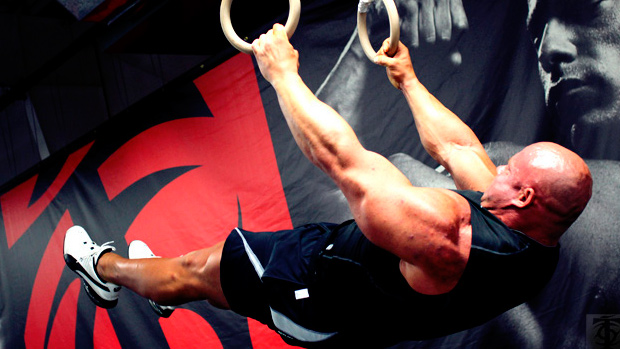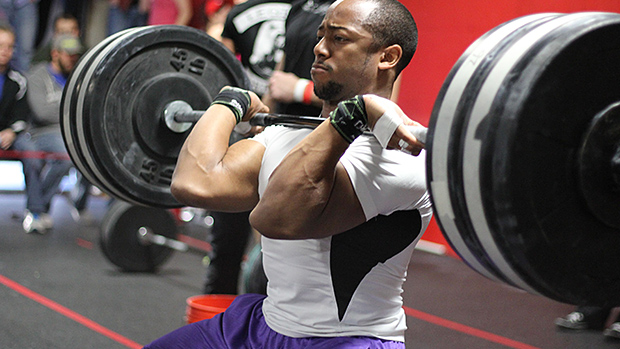Exercise Layering
Consistency versus variety is a hotly debated topic. On one side of the argument, some recommend sticking with the same limited exercises for years on end. The other side prescribes an entirely different workout every time you hit the gym.
Then some recommend something in between. And one way to find that middle ground is an approach referred to as "layering."
Layering is a simple idea: You have a workout made up of multiple layers of exercises that are based on perceived importance. Those with a lower perceived importance get switched up more frequently than those with a higher perceived importance.
For example, let's assume that each of your workouts is structured in the following way:
- Main Exercise – Your key indicator lift and the one you track and view as the most important.
- Secondary Exercise – Not quite as important, but still a good gauge of progress.
- Assistance Exercise – I don't like the term "assistance," but you get the idea that it's a less essential exercise than your main or secondary lift.
- Secondary Assistance Exercise – Equally or less important than your prior assistance lift.
The idea is that you have a hierarchy of exercises based on perceived importance. You do the most important exercises around the start of your workouts when you're freshest, and your more "foo-foo" exercises toward the end when you're fatigued or just want to get a pump.
Got it? Good.

Reasons to Layer
It makes sense to stick with your most important exercises for an extended period of time, so you can focus on driving those numbers up. Milk those exercises for everything they have to offer.
Although every exercise in your workout is valuable, those with the least importance can afford to be switched up more frequently. This means you can consistently repeat your most valued exercises for weeks or even months on end while layering in different (lower value) exercises every workout.
Layering is based on progression as well. Some exercises naturally progress faster than others and will change more frequently. Other exercises and movement patterns are more stubborn. You deal with those hurdles when you get to them. Either way, these exercises need more time to nurture and are changed less frequently.
An Example
You can keep structure and consistency in your training and allow yourself to experiment with different exercises.
Here's an example of what a chest-focused workout might look like with four weeks of layering in different exercises. Notice what goes, what stays, and for how long:
Week One
- Swiss Bar Floor Press, 4 x 6-8, 150 seconds rest (shown above)
- 30-Degree Incline Dumbbell Bench Press, 3 x 10, 90 seconds rest
- High to Low Cable Flye, 3 x 12-15, 60 seconds rest
- Push-Up with Chains, 2 x 20-30 reps plus 1 drop-set, 60 seconds rest
Week Two
- Swiss Bar Floor Press, 4 x 6-8, 150 seconds rest
- 30-Degree Incline Dumbbell Bench Press, 3 x 10, 90 seconds rest
- High to Low Cable Flye, 3 x 12-15, 60 seconds rest
- Suspension Push-Up, 2 x max with bodyweight
Week Three
- Swiss Bar Floor Press, 4 x 6-8, 150 seconds rest
- 30-Degree Incline Dumbbell Bench Press, 3 x 10, 90 seconds rest
- Seated Cable Flye, 4 x 12, 60 seconds rest
- Machine Chest Press, 2 x drop sets starting at 15 reps, rest 60 seconds
Week Four
- Swiss Bar Floor Press, 4 x 6-8, 150 seconds rest
- Incline Barbell Bench Press, 4 x 10, 90 seconds rest
- Power Floor Flye, 3 x 12, 60 seconds rest
- Standing Cable Chest Press, 3 x 15, 60 seconds rest




